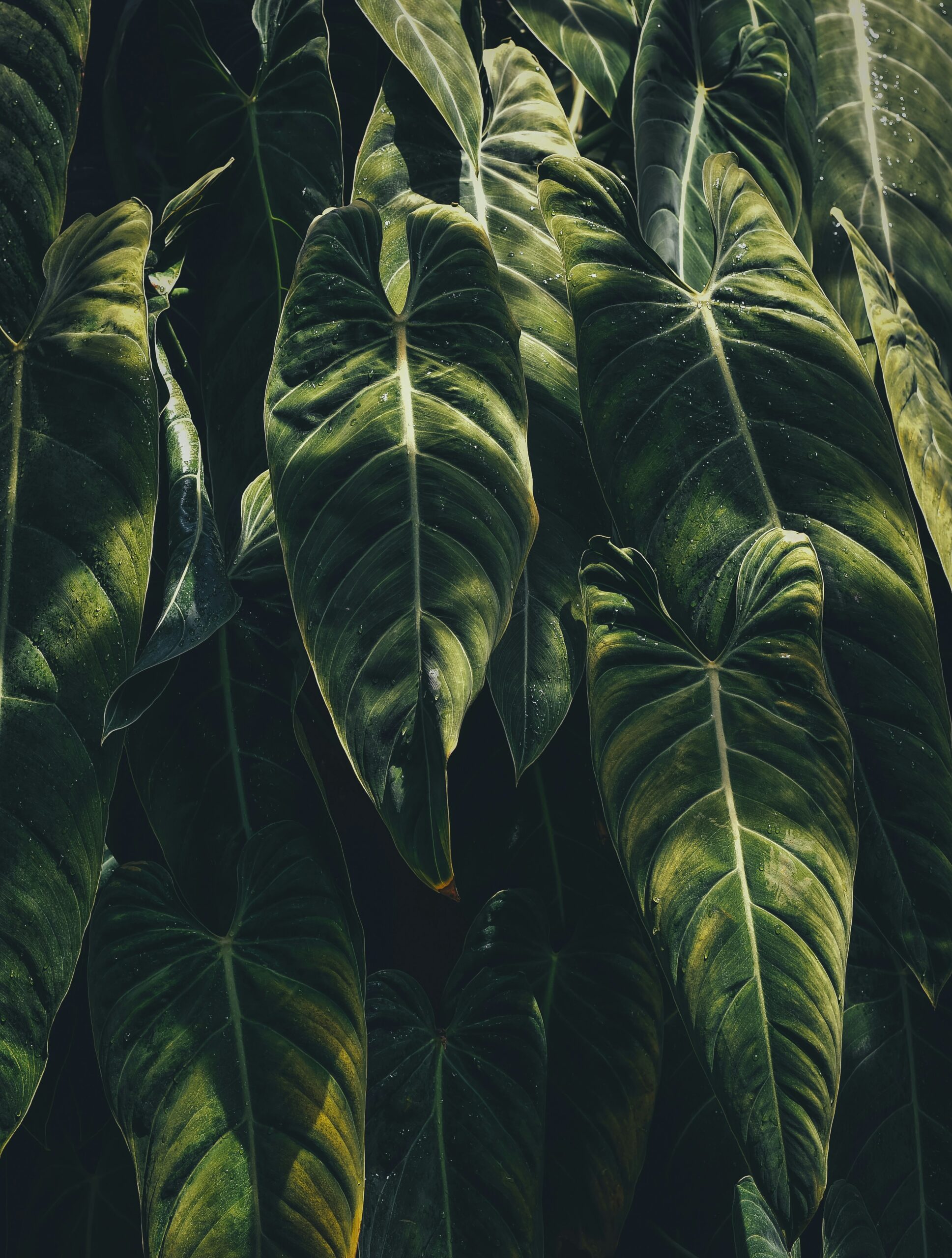Modern life has narrowed the range of human sensation. We live surrounded by rectangles of glass and screens, by climates controlled and surfaces sterilized. Yet the nervous system was shaped for forests, water, light, and the irregular pulse of living things. Rewilding the senses is not a trend; it is the biological and spiritual recalibration of perception. It means returning the body to the elements that made it intelligent.
Psychologists such as David Abram, author of The Spell of the Sensuous, and biologists like E.O. Wilson, who coined biophilia, have long shown that perception is ecological: to see clearly, the eye must meet the unpredictable; to hear fully, the ear must encounter the non-mechanical. When we walk on soil, the soles of the feet receive micro-vibrations that recalibrate balance and emotion. When we touch wood, the pulse slows. When we breathe unfiltered air, the lungs remember rhythm.
Rewilding begins not with wilderness but with attention. To step outside and truly register texture, scent, temperature, and distance is to widen the architecture of experience. Studies in environmental psychology and forest therapy confirm what older cultures knew: direct contact with the natural environment lowers cortisol, synchronizes heart rate variability, and improves cognitive focus. Yet these metrics only hint at the deeper phenomenon—the reunion of sensory intelligence and environmental pattern.
The body is itself an ecological instrument, calibrated to the golden ratios that govern leaves, shells, and galaxies. The spiral of the inner ear echoes the spiral of storms and seashells. The rhythm of the breath mirrors the ocean’s tide. When the senses are deprived of these natural ratios, attention collapses into abstraction; anxiety and disembodiment follow. To rewild perception is therefore to restore proportion—to bring human geometry back into resonance with the mathematics of the Earth.
Designers such as Neri Oxman at MIT’s Mediated Matter Lab and philosopher-builders like Christopher Alexander in The Nature of Order have shown that healthy environments share recurring mathematical signatures: fractal textures, organic symmetry, gradients of light and shadow. Rewilding the senses means learning to recognize these forms not as aesthetic decoration but as nourishment. The eye hungers for fractal complexity; it rests when it finds it. A walk in the woods is not leisure—it is sensory recalibration through geometry.
Practically, this rewilding can begin anywhere. Open a window and track the direction of air on the skin. Notice the color temperature of daylight as it shifts from morning blue to evening gold. Bring unprocessed materials—clay, linen, unvarnished wood—back into daily contact. Cook over fire or simmer food slowly until scent, sound, and texture converge into attention. Let the feet touch soil each day. Such gestures, though simple, rewrite the nervous system’s map of the world. They restore depth to perception and continuity to time.
In the Ompyrean view, healing does not separate body and world. The elements are the original teachers:
Earth steadies, Water cleanses, Fire transforms, Air clears, and Space reconciles them all. When these elements are re-encountered through touch and perception, vitality returns. One feels again the intelligence of the skin, the patience of the breath, the precision of temperature. Each sensation becomes a coordinate in the greater geometry of life.
To rewild the senses is to remember how to dwell in the world as part of its design. It is a philosophy of embodiment that unites biophilic design, eco-psychology, and the timeless disciplines of yoga and craftsmanship. It teaches that awareness is not an interior event but a field shared with wind, sound, and light. When perception expands beyond the screen, consciousness regains its natural symmetry. The mind becomes porous again to rhythm; the world begins to speak.
In that return, we rediscover what the architect Louis Kahn once said: “The sun did not know how beautiful its light was until it was reflected off a wall.”
To rewild the senses is to become that wall—an instrument of reflection between nature and awareness. In every breath, texture, and sound, the continuum of life draws itself again through the geometry of the living body.

